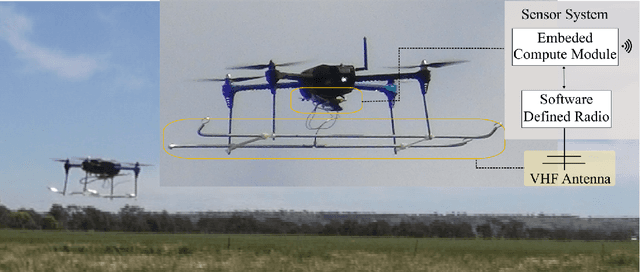Michael Chesser
Super Low Resolution RF Powered Accelerometers for Alerting on Hospitalized Patient Bed Exits
Mar 19, 2020



Abstract:Falls have serious consequences and are prevalent in acute hospitals and nursing homes caring for older people. Most falls occur in bedrooms and near the bed. Technological interventions to mitigate the risk of falling aim to automatically monitor bed-exit events and subsequently alert healthcare personnel to provide timely supervisions. We observe that frequency-domain information related to patient activities exist predominantly in very low frequencies. Therefore, we recognise the potential to employ a low resolution acceleration sensing modality in contrast to powering and sensing with a conventional MEMS (Micro Electro Mechanical System) accelerometer. Consequently, we investigate a batteryless sensing modality with low cost wirelessly powered Radio Frequency Identification (RFID) technology with the potential for convenient integration into clothing, such as hospital gowns. We design and build a passive accelerometer-based RFID sensor embodiment---ID-Sensor---for our study. The sensor design allows deriving ultra low resolution acceleration data from the rate of change of unique RFID tag identifiers in accordance with the movement of a patient's upper body. We investigate two convolutional neural network architectures for learning from raw RFID-only data streams and compare performance with a traditional shallow classifier with engineered features. We evaluate performance with 23 hospitalized older patients. We demonstrate, for the first time and to the best of knowledge, that: i) the low resolution acceleration data embedded in the RF powered ID-Sensor data stream can provide a practicable method for activity recognition; and ii) highly discriminative features can be efficiently learned from the raw RFID-only data stream using a fully convolutional network architecture.
TrackerBots: Autonomous UAV for Real-Time Localization and Tracking of Multiple Radio-Tagged Animals
Sep 20, 2018



Abstract:Autonomous aerial robots provide new possibilities to study the habitats and behaviors of endangered species through the efficient gathering of location information at temporal and spatial granularities not possible with traditional manual survey methods. We present a novel autonomous aerial vehicle system-TrackerBots-to track and localize multiple radio-tagged animals. The simplicity of measuring the received signal strength indicator (RSSI) values of very high frequency (VHF) radio-collars commonly used in the field is exploited to realize a low cost and lightweight tracking platform suitable for integration with unmanned aerial vehicles (UAVs). Due to uncertainty and the nonlinearity of the system based on RSSI measurements, our tracking and planning approaches integrate a particle filter for tracking and localizing; a partially observable Markov decision process (POMDP) for dynamic path planning. This approach allows autonomous navigation of a UAV in a direction of maximum information gain to locate multiple mobile animals and reduce exploration time; and, consequently, conserve onboard battery power. We also employ the concept of a search termination criteria to maximize the number of located animals within power constraints of the aerial system. We validated our real-time and online approach through both extensive simulations and field experiments with two mobile VHF radio-tags.
* Submitted to the Journal of Field Robotics
 Add to Chrome
Add to Chrome Add to Firefox
Add to Firefox Add to Edge
Add to Edge